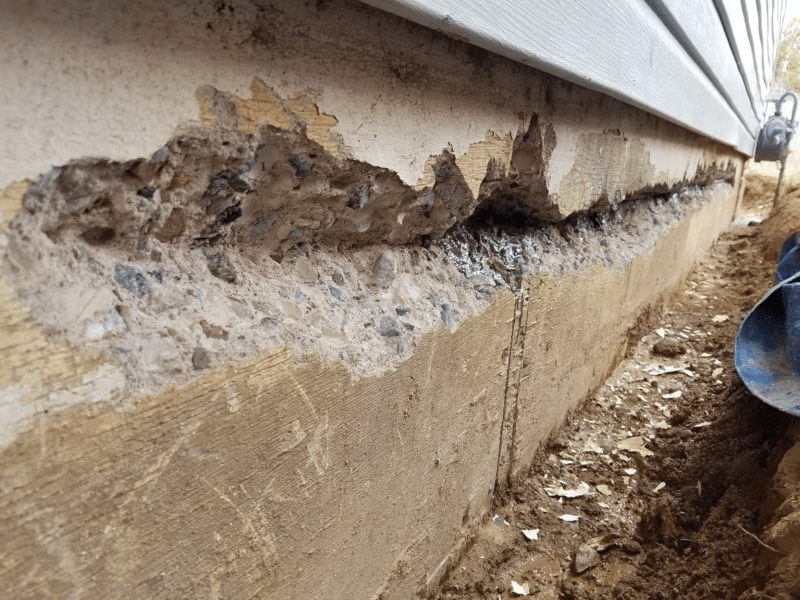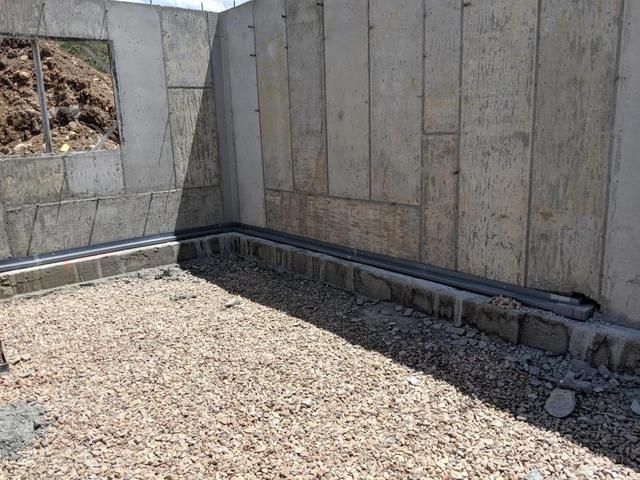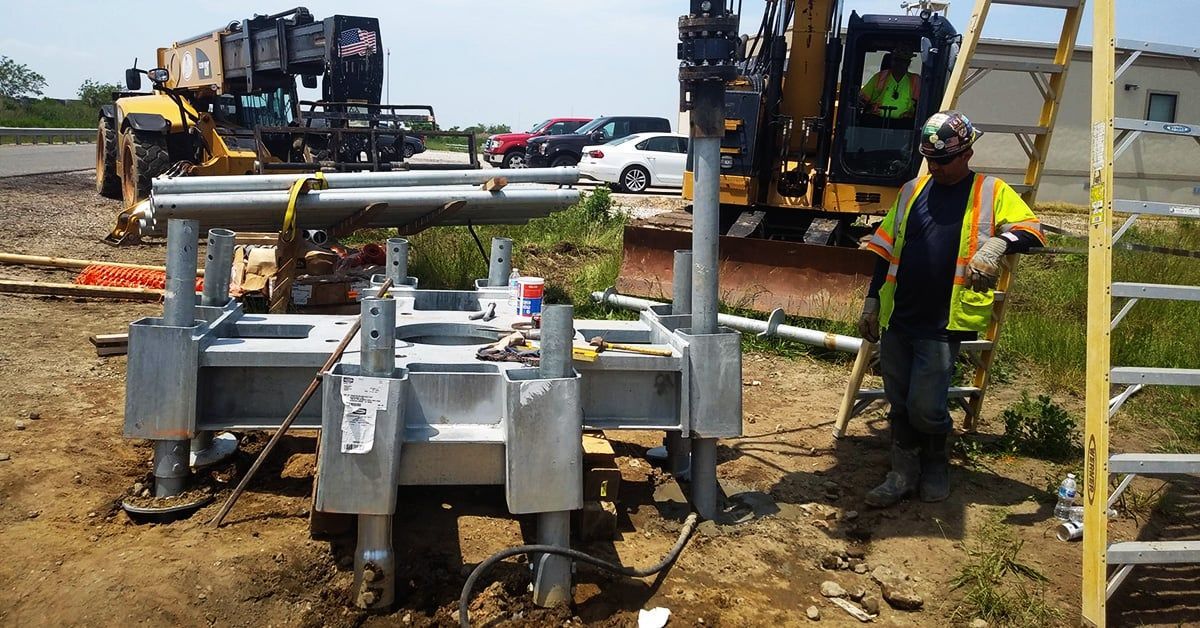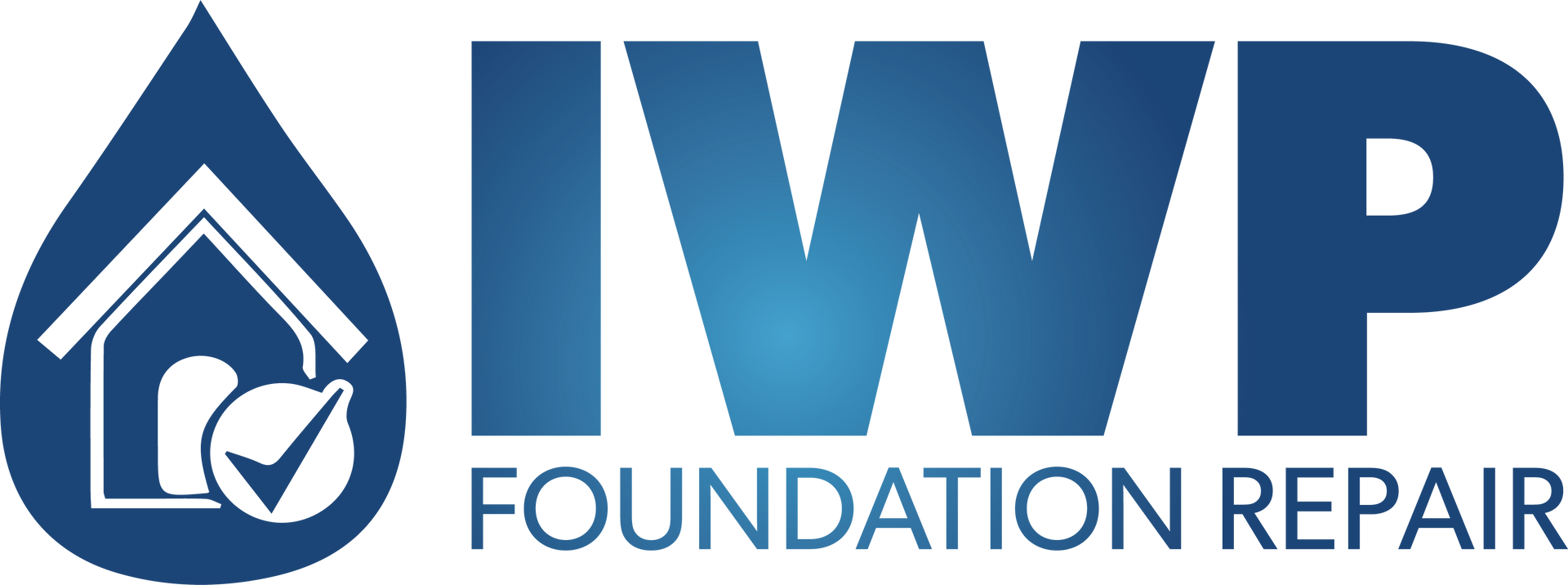How Can I Tell If My Foundation Is Damaged?
A Homeowner's Guide to Foundation Assessment: Tips for Ensuring a Solid Foundation
Your home's foundation is the bedrock of its structural integrity. Regular assessments are crucial to catching potential issues early and ensuring the longevity of your property. While professional inspections are essential, homeowners can take proactive steps to assess their foundation. In this comprehensive guide, we'll explore various DIY techniques and considerations that will empower you to keep a close eye on your home's foundation health.

Signs of a Healthy Foundation
Before delving into assessment techniques, it's crucial to understand what a healthy foundation looks like. Here are some signs that your foundation is in good condition:
No Visible Cracks
Inspect both the interior and exterior of your home for any visible cracks in the walls, floors, or foundation. Hairline cracks are common and may not be cause for concern, but larger or widening cracks could indicate foundation issues.
Even and Level Floors
Walk through your home and pay attention to the floors. Uneven or sloping floors may suggest problems with the foundation.
Smooth Operation of Doors and Windows
Properly functioning doors and windows are indicative of a stable foundation. If you notice sticking, jamming, or difficulty in opening and closing, it could be a sign of foundation movement.
No Water Intrusion
A dry basement and crawlspace are signs of effective waterproofing and proper drainage. Moisture in these areas can lead to foundation problems.
DIY Foundation Assessment Techniques
1. Check for Cracks:
Regularly inspect both the interior and exterior of your home for cracks. Measure and monitor any cracks you find to identify if they are growing over time.
2. Use a Level:
Grab a level and check the alignment of your floors. Place the level on various surfaces to ensure they are even and level.
3. Monitor Doors and Windows:
Pay attention to how doors and windows operate. Difficulty in opening or closing may indicate a shift in the foundation.
4. Inspect the Exterior:
Walk around your home and examine the exterior for any signs of foundation issues. Look for bulging or bowing walls, which could indicate pressure from the soil.
5. Check for Standing Water:
After heavy rain, inspect your yard for areas with standing water. Poor drainage can lead to water accumulation around the foundation, impacting its stability.
6. Review Your Home's History:
Familiarize yourself with your home's construction history. If it's been subjected to significant soil movement, earthquakes, or other natural events, it's essential to be more vigilant in your assessments.
When to Consult a Professional
While these DIY techniques can help you stay vigilant, there are situations where professional intervention is necessary. Consider seeking the expertise of a foundation specialist if:
- You notice large or rapidly expanding cracks.
- Your home is experiencing significant structural issues.
- There are persistent water intrusion problems.
- DIY assessments reveal potential concerns that you're unsure how to address.
Regular foundation assessments are a responsibility that comes with homeownership. By staying proactive and vigilant, you can catch potential issues early, saving both time and money in the long run. Remember, while DIY assessments are valuable, consulting with a professional ensures a thorough and expert evaluation of your home's foundation. A solid foundation is the key to a secure and stable home, and your efforts in assessment contribute significantly to its long-term health.










HAVE PEACE OF MIND WITH IWP FOUNDATION REPAIR
With over 30 years of combined experience in the business, you know that you can trust our team to get the job done right the first time. We value the customer experience, which is why we take the time to listen to your concerns, answer all your questions, and explain the best plan of action for your home. If you’ve noticed any foundation issues at all, no matter how minor they seem, you should call a professional. Our expert team is waiting for you, so call today for a free evaluation!


